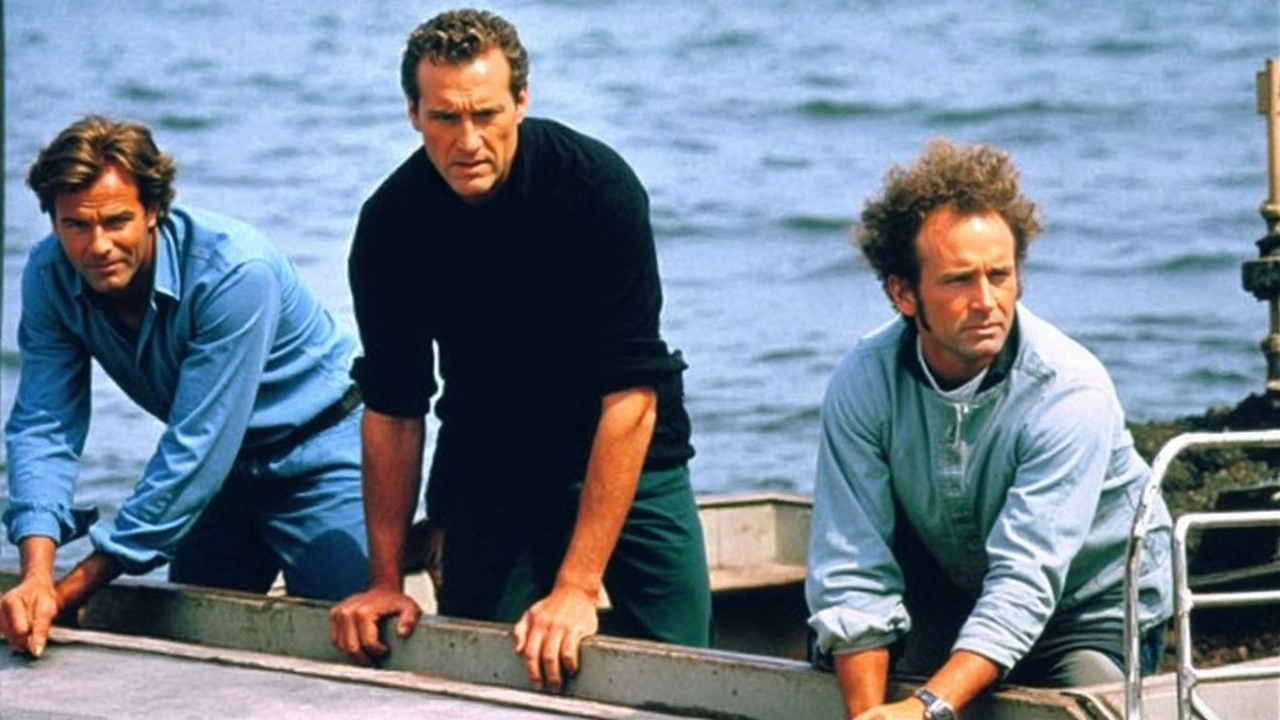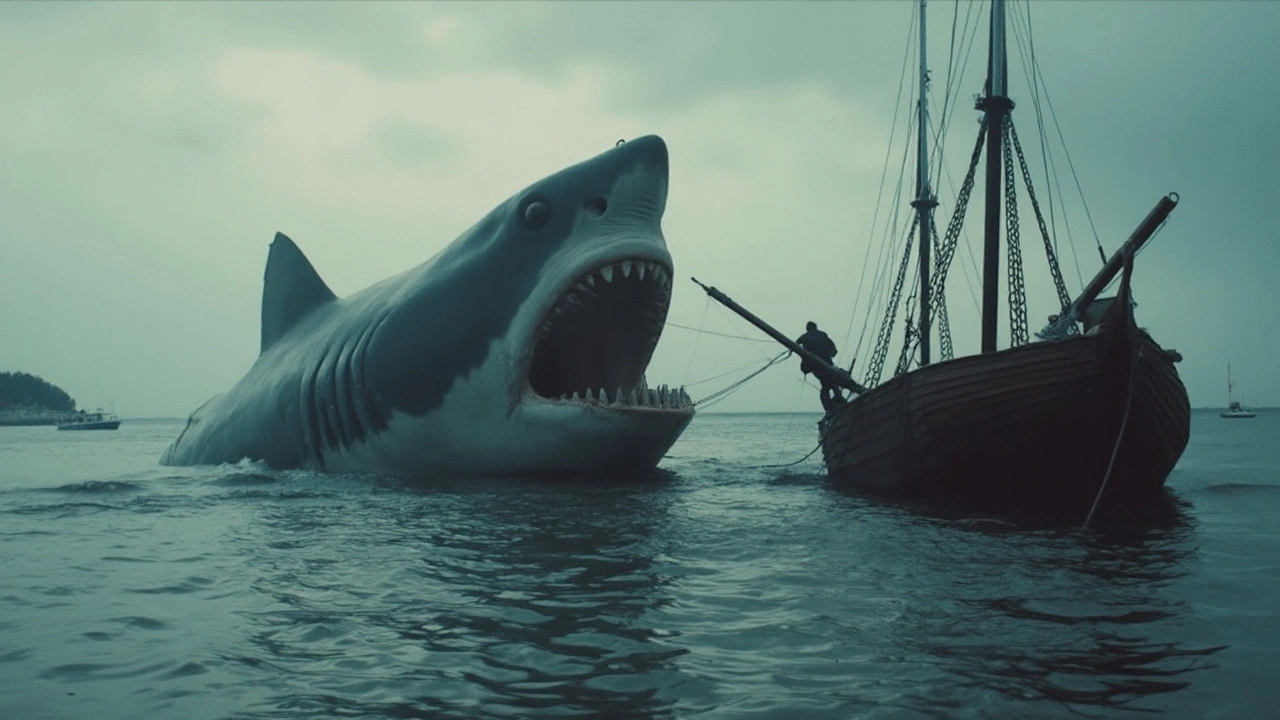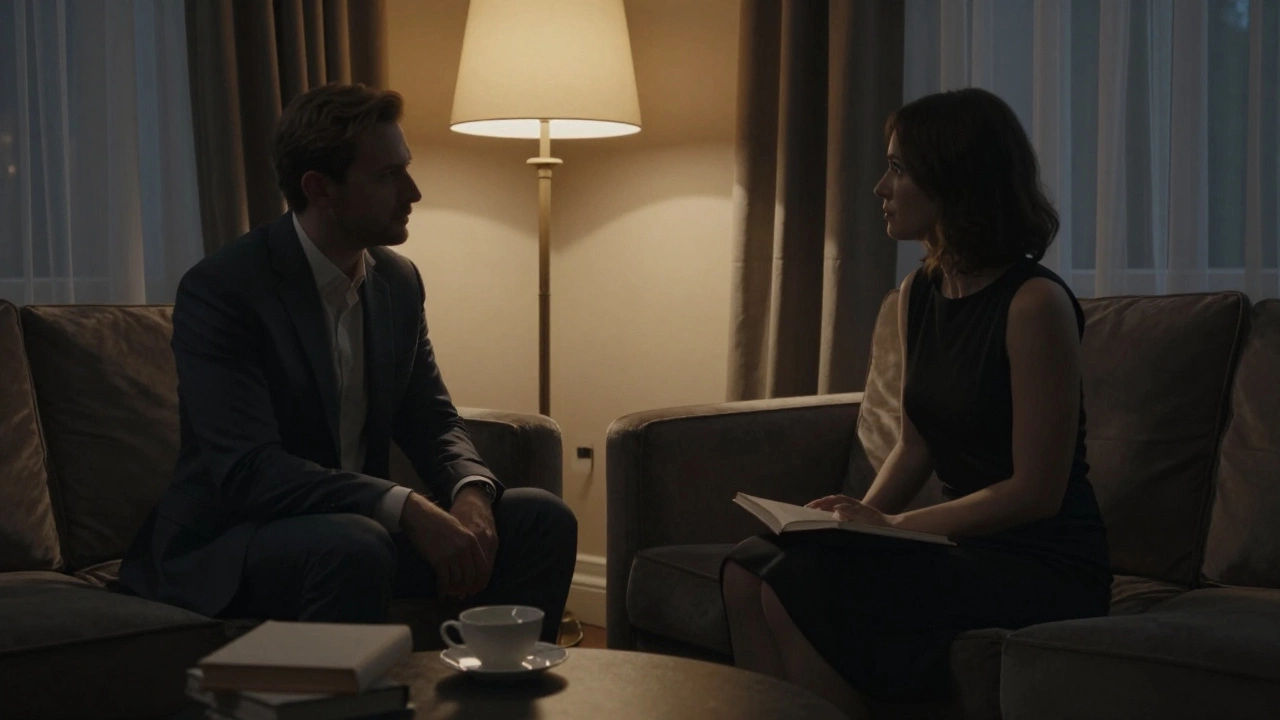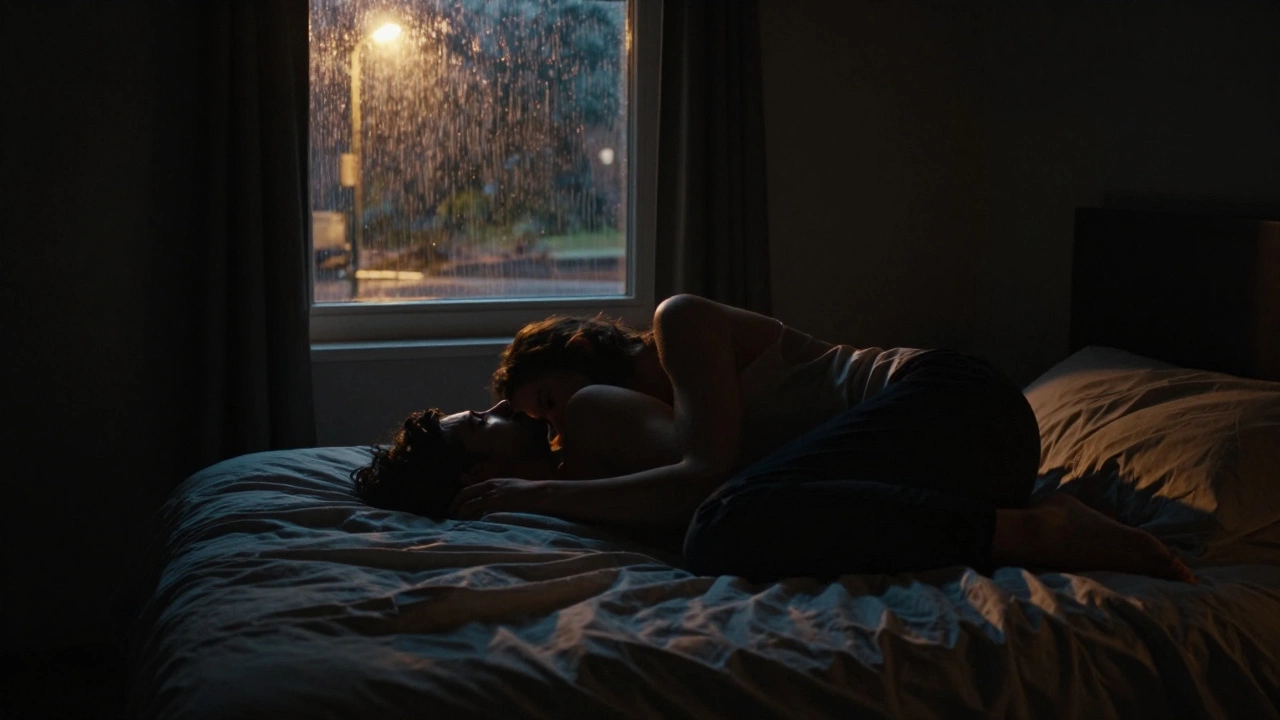The Unpredictable Challenge of Filming Jaws
The release of Jaws in 1975 didn’t just scare moviegoers out of the water—it shook up Hollywood and left a massive cultural mark that’s still visible today. But it’s easy to forget just how chaotic and experimental the actual filming process was. In interviews for the 1997 BBC documentary In The Teeth of JAWS, key creators like Steven Spielberg, Roy Scheider, Richard Dreyfuss, Lorraine Gary, Peter Benchley, and Carl Gottlieb revealed just how much went wrong—and right—behind the scenes.
Turning Peter Benchley’s intense novel into a blockbuster came with a laundry list of technical headaches. At the top of the list? Making audiences believe in a monstrous great white shark, especially when the real animal proved impossible to control. The film crew faced constant delays as they struggled with both nature and their own prop failures. Spielberg, then a young director, had to improvise through failed animatronics, wild tides, and the unpredictability of filming on the open ocean—a move the cast and crew would later call absolutely nuts in hindsight.
Innovation became the only way forward. The team crafted elaborate special effects, most famously a huge mechanical shark (lovingly nicknamed “Bruce” after Spielberg’s lawyer) that stubbornly refused to cooperate. When full-sized models failed to deliver, they got creative: putting a small stuntman, Carl Rizzo, in a miniature dive cage next to real sharks, so the great whites looked even more gigantic on-screen. It was risky, nerve-wracking, and unlike anything crews had tried before.

Jaws Rippled Through Pop Culture and the Oceans
The instant popularity of Jaws made Spielberg a superstar and basically invented the summer blockbuster. People bought tickets over and over again just to experience the chills. But this cultural phenomenon didn’t just live in theaters—it spilled into real life in ways no one on set predicted.
Shark fear exploded. Beach attendance dropped. Shark fishing, both for sport and control, ramped up drastically. Scientists and conservationists now argue this monster-movie image helped fuel a drastic 70% decline in oceanic shark populations by 2022. These weren’t just numbers trending downward—they represented world-altering changes for marine ecosystems, all because people suddenly saw sharks not as marine animals, but as man-eating villains.
The cost of cinematic genius became a moral puzzle for its creators. Peter Benchley, who wrote the book and helped adapt the screenplay, later admitted he could never write the same story now, not with what science knows about sharks and their gentle, crucial place in the ocean. Spielberg, too, has said he regrets how much his film contributed to the real-world slaughter of sharks and their global image problem.
The discussion didn’t stop there. The 1984 BBC documentary JAWS: THE TRUE STORY picked up the thread, digging further into how one Hollywood sensation forever changed the relationship between humans and the ocean’s oldest predators. Conservation groups still battle the “monster shark” perception today—reminding us that sometimes, the scariest stories have real-world costs that last much longer than a summer's box office run.



